MY BOOK WORLD

This novel of some scope develops several strands. Nathalie, a French biologist working in the South Pacific, sends her daughter off to New York City to live with her father and stepmother. The teen Pia does not like anyone, it seems: her mother, her father, and most assuredly her pregnant stepmother, a high school English teacher named Kate. All of whom do flip-flops to communicate with her. The only person she seems to connect with is a girl named Athyna (pronounced like the Greek figure, go figure)—a student of Kate’s with whom she has a nurturing relationship. To complicate things Pia is “in love with” Raffi, a thirty-year-old Tahitian who serves as Nathalie’s fixer. Of course, it is more of an inappropriate crush, and her affections have not been returned in kind. Still, she believes something is there. The narrative profiles the physical limits of the natural world but also explores the limits of human relationships. I enjoyed the author’s first book, Lucky Girls, much more.
Up Next:
TUES: A Writer's Wit | Coventry Patmore
WEDS: A Writer's Wit | Junichiro Tanizaki
THURS: A Writer's Wit | Robyn Carr
FRI: My Book World | Bill Moyers, Moyers on America: A Journalist and His Times











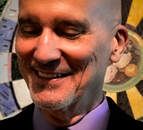
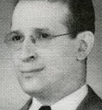
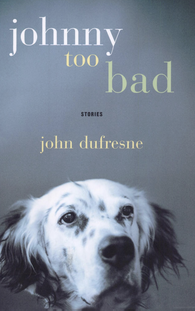
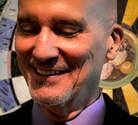

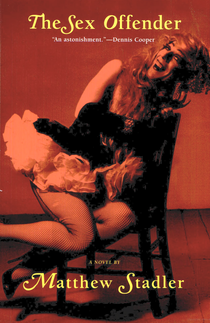
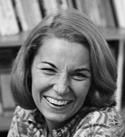
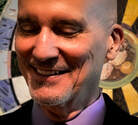

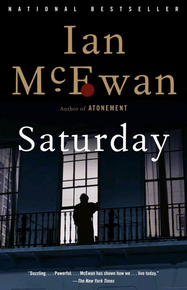
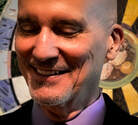

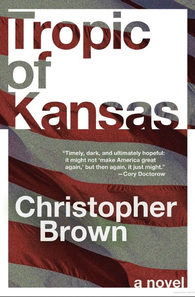


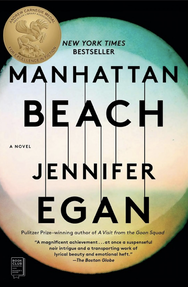


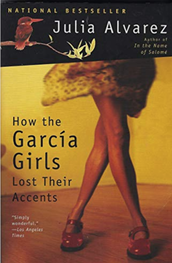




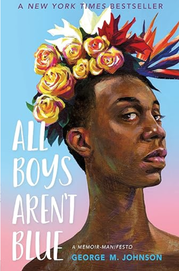

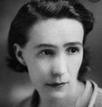
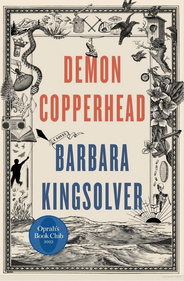


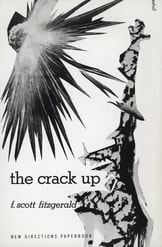



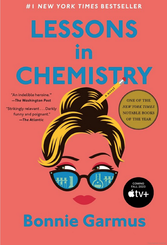





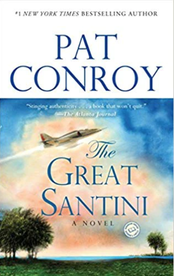



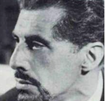
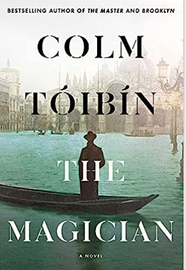


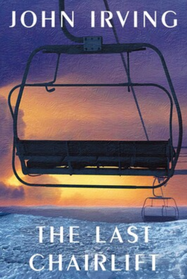


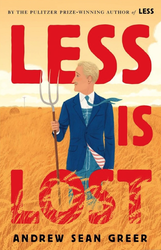

 RSS Feed
RSS Feed